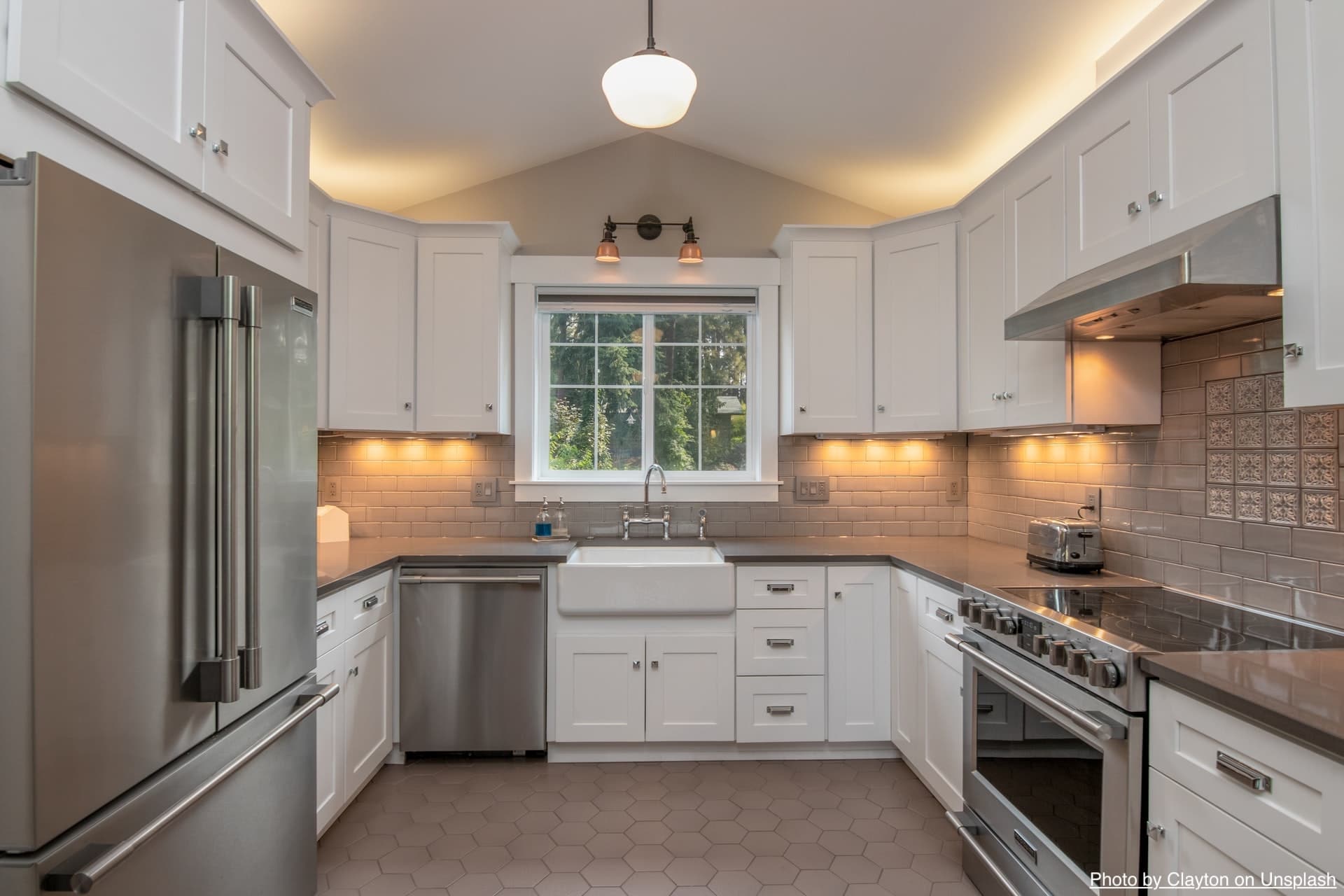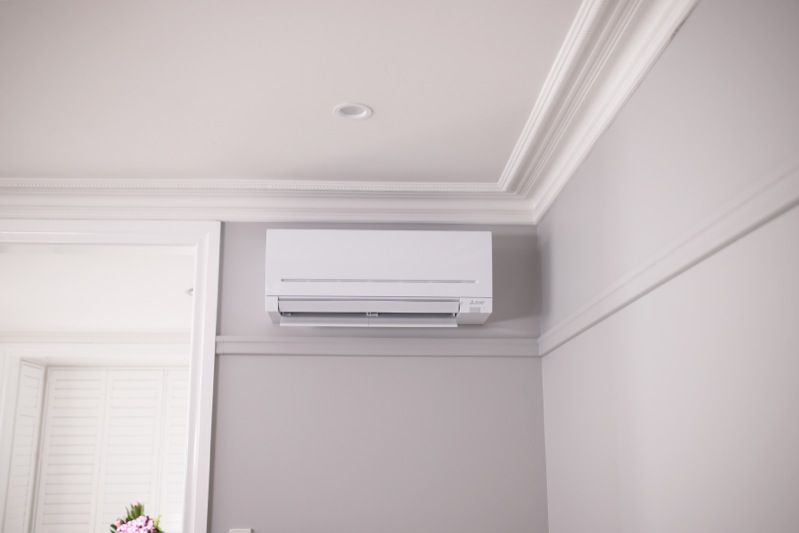Choosing The Right Fireplace for Your New Home

There is nothing more comfortable than warming up by the fireplace on a cold, snowy night in your new home. But what you are envisioning is a gas, electric, or wood-burning fireplace?
Sixty percent of homes have at least one fireplace, according to the National Association of Home Builders. They are usually the focal point in the living room, but you will also find fireplaces in an open kitchen space, dining room, master bedroom, or backyard.
It’s no wonder that most new construction incorporates at least one fireplace into their floor plans. Homeowners ranked fireplaces as one of the top three desired amenities in a home along with outdoor porches and upgraded kitchens.
They are a fashionable product, especially in markets with colder temperatures in the winter. Forty-six percent of home buyers would pay more for a home with at least one fireplace, according to the National Association of Realtors.
From the scent of burned wood to the glow and warm atmosphere they add to a room, fireplaces can enhance any setting. But choosing the right fireplace to meet the needs of your family and the aesthetics of your home is key. The last thing you want is a fireplace that simply collects dust in the corner of the room or occupies a prime space in a central area. This is what every homeowner should consider when choosing the perfect fireplace for their new home.
Table of Contents
What Type of Fireplace Is Right for You?
Homeowners have four main options when it involves how their fireplace will provide heat: wood, gas, electricity, or ethanol. Each comes with its own set of benefits and drawbacks.
Wood-Burning Fireplace
A wood-burning fireplace is as classic as it sounds. They’re the oldest and most traditional option – imagine your family gathered around the fireplace with freshly cut logs crackling on the fire. The aroma, sound, and warmth are the ideal combination to spend the winter and get into the Christmas spirit. They are also a lifesaver during a power outage!
But here’s the catch: wood-burning fireplaces are the most maintenance-intensive and most expensive. Homeowners must create a place to store the logs, as well as enough time to keep them in storage. You will need to know how to start a fire and keep it burning.
Safety is additionally a serious concern with a wood-burning fireplace. With the risk of hot embers escaping from unshielded fires, your fireplace should be routinely cleaned to prevent build-up. The ashes must be removed once the fire is out. If you’re keen on the thought of a country wood-burning fireplace, but can’t plan to do all the work, it’s going to not be the simplest option.
If you’re ready to fold, keep in mind when designing your home and deciding where to put your fireplace – a wood-burning fireplace needs a fireplace for smoke and gases to escape from your home. The other fireplace options do not have this requirement.

Gas Fireplace
Gas fireplaces are a well-liked choice for brand spanking new homeowners for one simple reason: their convenience. Compared to wood-burning fireplaces, they are easy to maintain, no need to clean wood chips and ash, and there is no lingering odor.
They are also more affordable and flexible. They can be installed in virtually any room you want and do not require a masonry hearth and fireplace like a traditional fireplace. Instead, gas fireplaces need a gas connection and can be vented through a pipe in the wall or gas inserts. Gas burns much cleaner than a wood fire. Consequently, there are even ventless gas fireplaces on the market.
They are easy to use, so you can turn your fireplace on with a switch or remote control to turn on the gas or propane. There is no smoke and sadly there is no possibility of roasting marshmallows on an open fire, but dancing flames can still be seen that will warm the room. These modern fireplaces even work with a thermostat so you can strategically heat the floor while giving your oven a break.
If this sounds like a worthwhile trade-off for a real wood fire, a gas fireplace may be your best option. Busy families can get more out of a gas fireplace than a wood-burning one.
Electric Chimney
The simplest of the group is the electric fireplace. They come from a pre-built box and can be plugged in anywhere in the house you want, even your existing fireplace! No installation is needed or worrying about ventilation.
There is no fire, just an electric heater designed to look like a roaring fireplace. But if you dream of a fireplace in your living room just for aesthetics, the electric option may be suitable. They are also the safest option if you have a family with small children or pets in the home.
Don’t be put off buying an electric fireplace – their technology has come a long way; They come with 3D flames and crackling sounds that are identical to a real fire. You can complete the look with a wall-mounted fireplace unit, adding a fireplace mantel and safety accessories to spice up your “fireplace.”
They are emission-free, odorless, clean-free, and completely safe to operate. It’s as easy as plugging it in and turning on the light. You can also move them around the house so you can experiment with different locations until you find the perfect location.

Ethanol Fireplace
An ethanol fireplace is one of the newer fireplace options on the market. It is not vented and uses clean-burning renewable bioethanol fuel. Simply fill the burner bowl and light it to create real flames – no smoke, odor, or chemicals. To turn it off, simply close the burner.
Most of those fireplaces come preassembled, making installation as easy as wall mounting or choosing the simplest location for a freestanding fireplace. They usually come with the body, accessories such as The burner container to accommodate the ethanol, as well as stones or ceramic logs.
Decide On the Perfect Place
While you are designing the layout of your new home, you will have to decide where to place your fireplace. Adding a fireplace to an existing space or replacing the fireplace and the surrounding area can be an expensive Kenwood-burnin ovation, so it is important to correct this detail.
Think first about the function of your fireplace. Will it serve as a lovely focal point in your living room, or are you planning to host outdoor gatherings where a fireplace would be ideal?
Other families can gather around the fireplace during the winter months, making it a functional addition to the family room while everyone relaxes. The majority of single-fireplace holmes place their fireplaces in these high-traffic areas.
If you plan to place the Christmas tree by the fireplace each holiday season, you may want to consider which room will have room for both of you. To decide which room is the best choice, discuss your choices with your builder’s design center. After reducing the room, you will have to think about how to mount your fireplace before installing it.
A built-in fireplace is standard in most homes, but a gas or electric fireplace installed into the wall is also common. A freestanding fireplace, which is very common in the United States, is another choice for homeowners’ outdoor spaces.
Choice of Spectacular Materials for Your Fireplace

Knowing the overall aesthetics of your home will be helpful when designing your fireplace and the surrounding area. You can complement the rest of the room with accents like stone, brick, tile, or woodwork around your fireplace, depending on the colors and theme of the room. space and your furniture.
You can also mix materials. Imagine a wood-burning fireplace, with a wood mantel and a floor-to-ceiling stone frame. You can even go for a brick frame with a gas fireplace insert under your family’s TV.
If you decide to add a mantle, you can decorate the space with photos, mirrors, statues, and artwork. Your result can dictate part of your decision-making, from the type of fireplace to the decorations and finishes of the environment. Your fireplace could cost around $ 400 for an electric model up to $ 10,000 for a wood-burning fireplace with a masonry fireplace. If you don’t have the budget for a traditional fireplace, this could narrow down your options.





